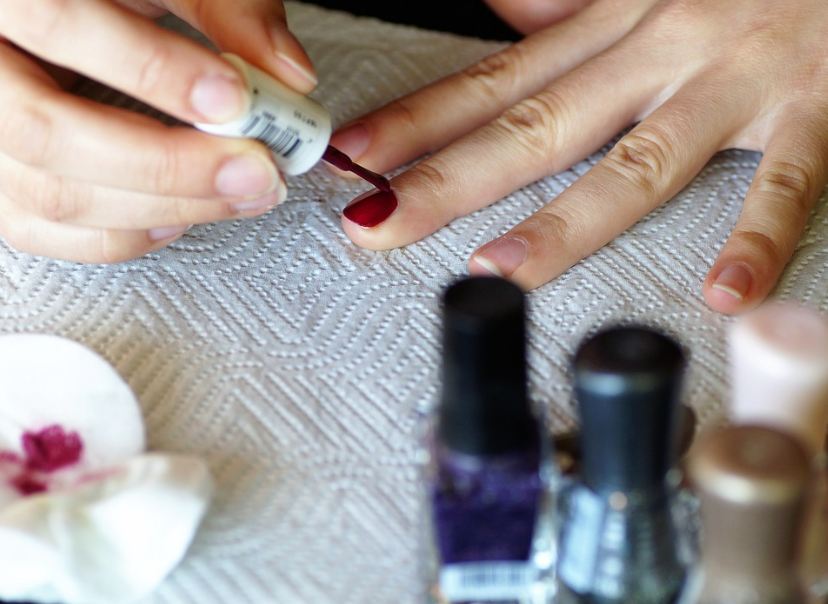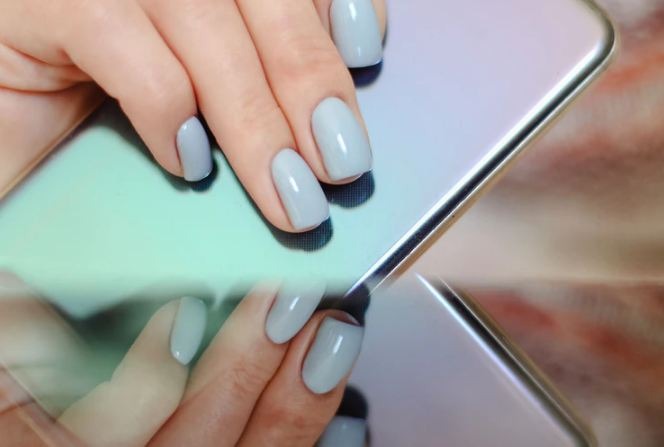Many women love to get their manicures and pedicures regularly. In addition to cleaning the nails, those processes also include the application of nail polish, which comes in many different colors, styles, and designs. It is a lacquer that can be applied to the fingernail or toenail to decorate and protect the nail plates. They consist of a mix of an organic polymer and some other components that give it colors and textures.
While you are getting your regular manicure and pedicure at the salon, have you ever thought about where nail polish comes from or how it started? Well, nail polish has a colorful history that is probably not what you’d imagine. If you are interested to learn more, read on as we’re giving you the fascinating history of nail polish.
The Early Nail Polish
The very first ones to apply color to their nails are Indians during the Bronze Age. They probably used henna to do it, as it is commonly used for body art. Therefore, extending the designs and colors onto the nails was an expected next step.
From India, the trend of applying color to the nails is passed on to China around 3000 BCE. The Chinese created a kind of nail varnish using a mixture of gelatin, beeswax, egg whites, alum, and gum Arabic, which is a sap from the acacia tree. They colored that mixture using flower petals or gold or silver dust. After that, they personalized the look further with artificial nails that are made of silver and gold-covered jewels. These decoratively designed and colored nails were entirely reserved for royal classes only.
The Babylonians were also getting into the nail game around the same time. However, instead of women, it was the warriors who were wearing colored nails. They pigmented their nails using kohl, which is a finely powdered sulfide before they went into battle. However, even among these men, the class still mattered. Black kohl was used for the higher-class warriors, while green kohl was for the lower-class fighters.
The nail trend then spread across Asia and into Africa. Mummies have been found painted with henna, including their nails, and flashy red shades were used. In Egypt, the color of the nails also signified class. The redder the nails, the more power a person had. This is why Queen Nefertiti, which was the stepmother of King Tutankhamun, wore dark red nails, which were rumored to have blood in them. Cleopatra, on the other hand, was believed to have painted her nails using the juice of the henna plant, which created a deep, rusty shade. Pastel colors are allowed to be worn by women of lower rank only.
Colored Creams and Polishing
By the Renaissance Era, colored nails continued to be popular, especially when trade with countries in Asia began. The practice of coloring and ornamenting nails hit another high in 18th-century French courts, during the time when peculiar fashion trends were the rage. When the Victorian Era came, women were making color with tinted creams and clear lacquers. Many women also started using colored cream polishes on their nails to make them shiny. They would apply the mild abrasive and buff it to achieve a glossy look. However, it took a lot of time to apply the powder cream polish and buff it to each nail.
When 1916 came, Cutex changed that when it presented the first clear nail lacquer. After that, painting a layer of gloss on fingernails became much easier compared to buffing.
The Rise of the Modern Nail Polish
Nail polish as we know it came to existence in the early 20th century, and it was because of the automobile industry. Automotive paint was invented in the 1920s. Not long after that, Michelle Manard, a French manicurist, adapted the formula to make opaque nail polish. Charles Revson, her employer, knew it was a good thing when he saw it. Therefore, he and his brother Joseph established a new company in 1932 called Revlon, which had the first colored nail enamel.
At this point, manicures were no longer exclusive to the upper classes. In 1934, people can purchase a bottle of Cutex nail polish for 35 cents, which was an affordable luxury during the time of tight purse strings. When World War II came, women joined the workforce in huge numbers. With this, manicures also changed accordingly. As they are doing shift work at factories, long nails were not going to last. Therefore, instead of trying to keep up brightly painted nails, women who worked manual jobs turned back to using clear nail polish.
After Michelle Manard invented colored nail polish, women started having their nails coated from base to tip with solid colors. However, it did not take long before the French manicure came into the picture and became a mark of manicured sophistication. Instead of using two colors, which we usually do today, women back then would leave the moon part at the base of the nail and the tip completely unpainted.
In the 1930s, black nail polish was introduced, but there was no evidence of any soldiers getting their nails done like the Babylonians did. In England, during the same time, women were having landscapes painted onto their nails. This was a level of detail not attempted since the Chinese cloisonne nails of about 5,000 years before.
At the present time, there are endless options when it comes to nail polish. In fact, you can have your nails painted with whatever shade or color you have in mind. Many people are also into nail art today, where drawings and decorations are added to nail polish to make the nails look more stylish.
Conclusion
It is indeed amazing to learn that the practice of adding colors to nails has been around since ancient times. Today, it no longer matters what your social class in society is. You just have to visit a nail salon to get your nails painted or buy nail polish in beauty stores and give yourself a DIY manicure and pedicure. We hope this helped you learn about the history of nail polish. For more information, you can also read our article about the Interesting Facts About Nails and Nail Polish.



